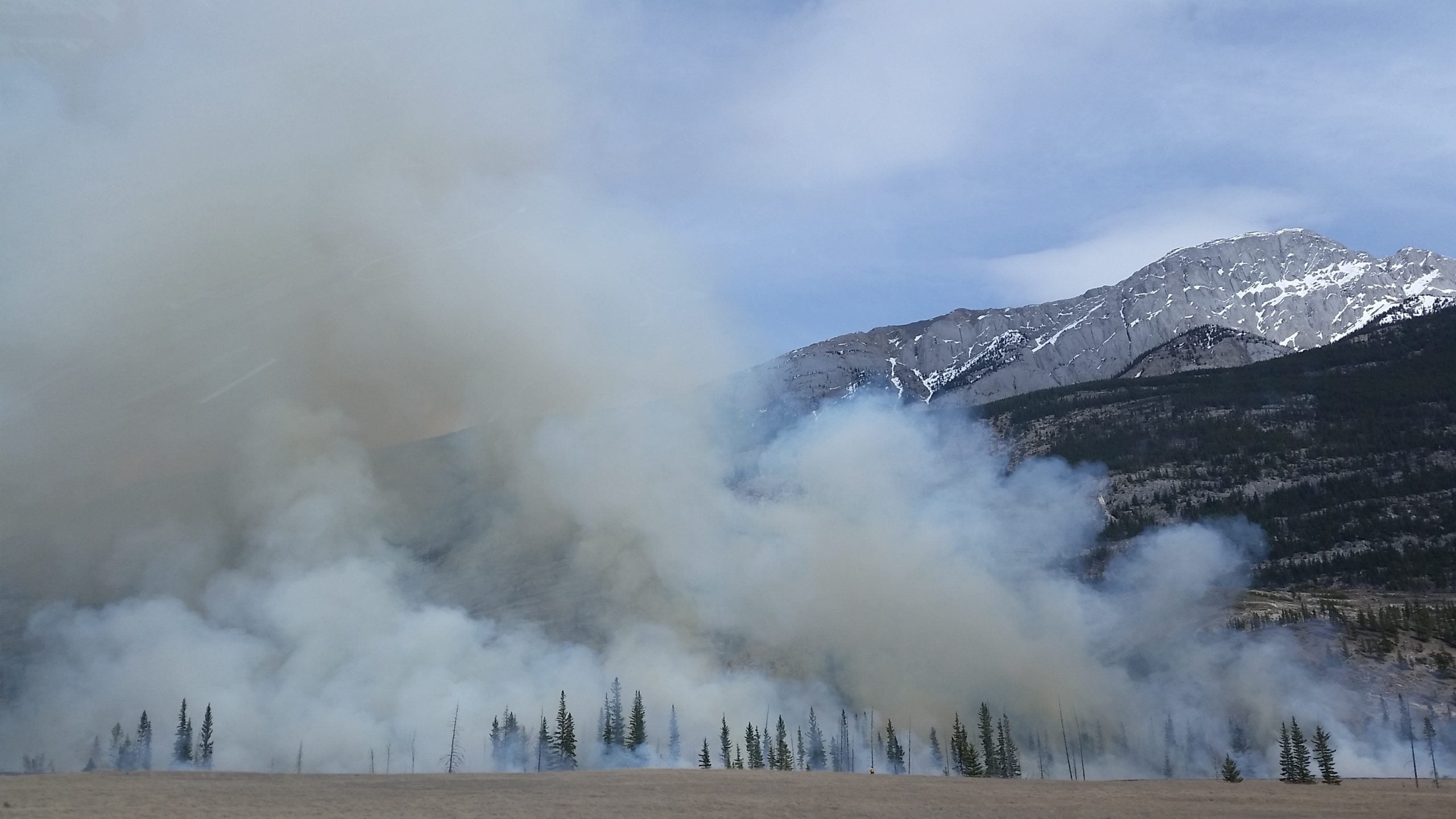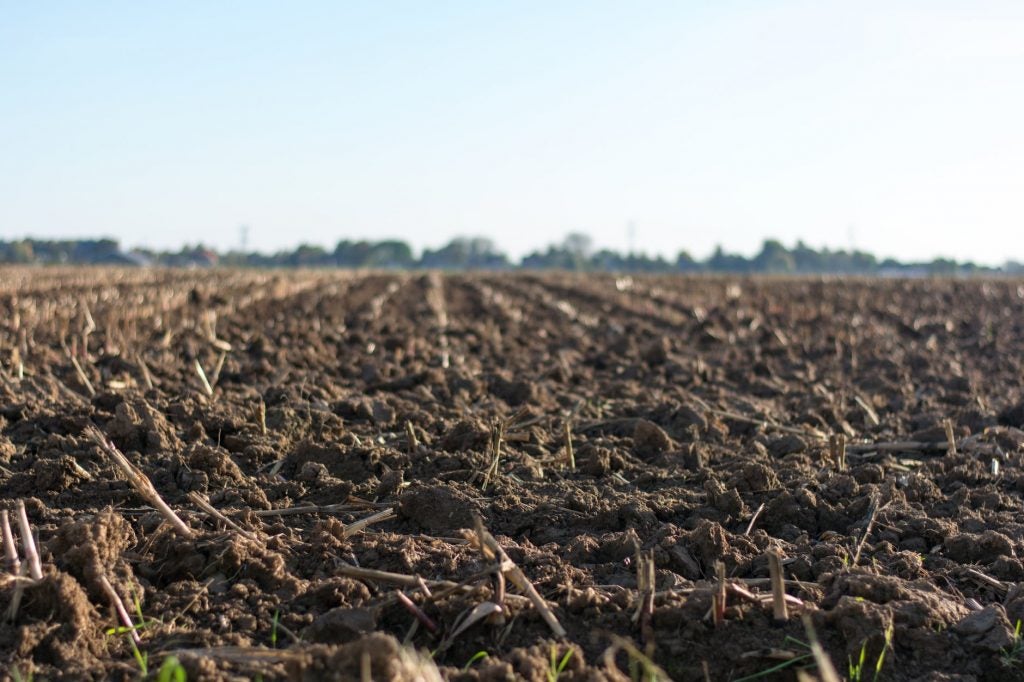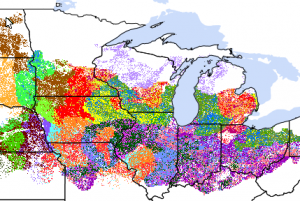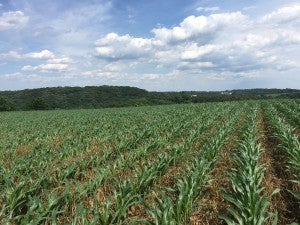Authors: Alison Eagle, Jocelyn Lavallee, Renske Hijbeek
Soil is one of our best allies in tackling climate change, but it’s also one of the most misunderstood. Myths about what soil can (and can’t) do still shape global debates. That’s why scientists from Environmental Defense Fund and Wageningen University dug into the data to bring clarity. Because sound science is the foundation of sound policy.
Why soil matters.
Healthy soils are essential for climate change mitigation and sustainable food production. But while improving soil carbon is part of the solution, it’s not a silver bullet. Real progress requires a whole food-system approach that balances production, consumption, and land use – while cutting emissions across agriculture and beyond.















 In order for the agriculture sector to deliver on the growing demand for sustainable grain and participate in emerging carbon markets, growers need a way to demonstrate that their management practices are benefiting the environment.
In order for the agriculture sector to deliver on the growing demand for sustainable grain and participate in emerging carbon markets, growers need a way to demonstrate that their management practices are benefiting the environment.

